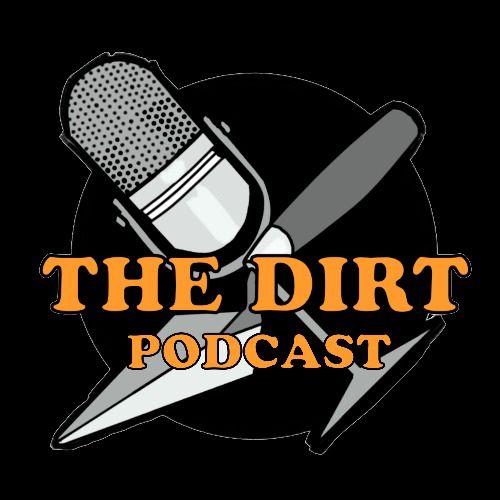Episode 217
The Dirt Gets Fired
Sick burn, breh--This week, Anna and Amber tackle the origins of fire use in the hominin archaeological record. We've taken a journalistic approach, so we've got What Fire, Where and When Fire, Why Fire, Who Fire, and How Fire. Plus, how do archaeologists look for evidence of fires that happened up to a million years ago? Amber also shares some Big Life Updates!
To learn more:
Microstratigraphic evidence of in situ fire in the Acheulean strata of Wonderwerk Cave, Northern Cape province, South Africa (Proceedings of the National Academy of Sciences)
When Did Early Humans Start Using Fire? To Find Answers, Scientists Enlist Artificial Intelligence (Smithsonian)
Hidden signatures of early fire at Evron Quarry (1.0 to 0.8 Mya) (Proceedings of the National Academy of Sciences)
Fire Use (Oxford Research Encyclopedia of Anthropology)
The Earliest Example of Hominid Fire (Smithsonian)
Sparking controversy, or putting out the fire? (Nature Ecology & Evolution Community)
Arsonist falcons suggest birds discovered fire before humans did (New Scientist)
Phylogenetic rate shifts in feeding time during the evolution of Homo (Proceedings of the National Academy of Sciences)
Experimental Approaches to Archaeological Fire Features and Their Behavioral Relevance (Current Anthropology)
Selection and Use of Manganese Dioxide by Neanderthals (Nature Scientific Reports)
Fire Plow: Tips and Tricks (Fire and Fungi on YouTube)
Bow Drill Friction Fire (Donny Dust on YouTube)

